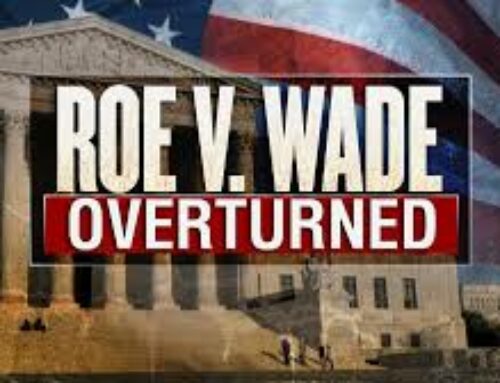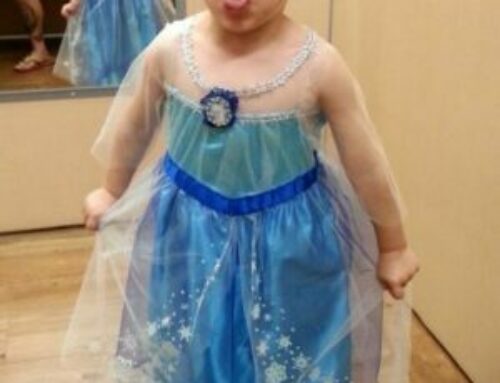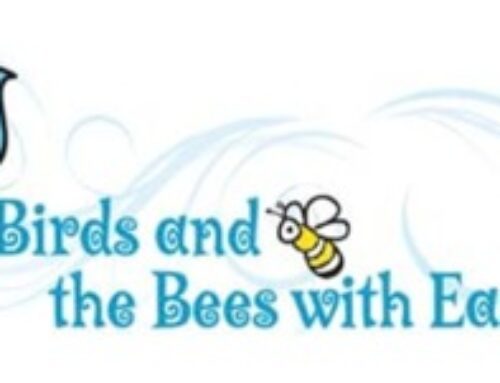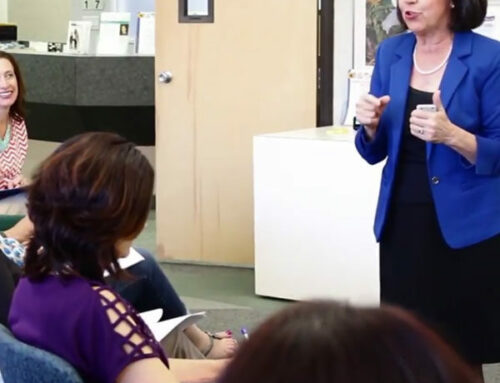
happy family looking at adorable infant lying on white bedding
Debunking Myths of Baby’s Origin to Children
Introduction
It is important to debunk the myths children have about where babies come from. One common myth is that babies are delivered by storks or some other magical creature. Or like everything else in a child’s world, there is a place. Teachers are in schools, milk is in the grocery store, babies are picked up at the hospitals!! If it were only that easy.
Others may think that the baby grows in the mother’s stomach like a plant. This makes sense from a child’s perspective. They know the basics of eating and food in the stomach. So the baby must be growing there to get the food and the mom seems to be getting fat in that general area anyhow. Still, others may believe that the father plays a role in conception but are not quite sure how to put it all together. Debunking these myths is an important step in educating children about where babies come from
The Origins of Babies
Your child may ask you where babies come from, and it’s important to be prepared to give them an accurate answer. Depending on your child’s age, you may choose to explain in more or less detail. Here are some basics that can help you get started:
For the younger child:
Babies come from a mother’s womb. They grow inside the mother’s body, in a special place where all women are just there for a baby to grow, just like a plant grows in the ground. Babies get their nutrition and oxygen from the mother through the umbilical cord.
For the older elementary child:
Babies are conceived when the father’s sperm joins with the mother’s egg. The baby grows inside the mother’s uterus and is delivered through the vagina. fathers play an important role in conception, but they don’t contribute anything to the baby’s growth inside the mother’s body after conception.
After nine months, the baby is ready to be born. He or she will come out of the mother’s vagina. Babies are usually born headfirst, but sometimes they are born feet first.
The father and the mother contribute genetic information to the baby during conception that makes them special and unique. They arrive in the world with their own personality and characteristics that make them different from anyone else.
It’s important to provide accurate information about a baby’s origins, especially to young children who are eager to learn and it is less embarrassing for us as adults.
Myths can be confusing and even misleading, so it’s crucial to clear them up as early as possible. Explaining where babies come from in a way that is age-appropriate and accurate can help children understand this important life event. debunking these myths is an important step in the education of our future generation! If you will like to receive more detailed information about what to say at the different ages, here is a link to a FREE e-book called The Birds and the Bees with Ease! I hope you enjoy it.
Join me in the different courses noted here, from puberty to parenting. Let’s keep the conversation going.




